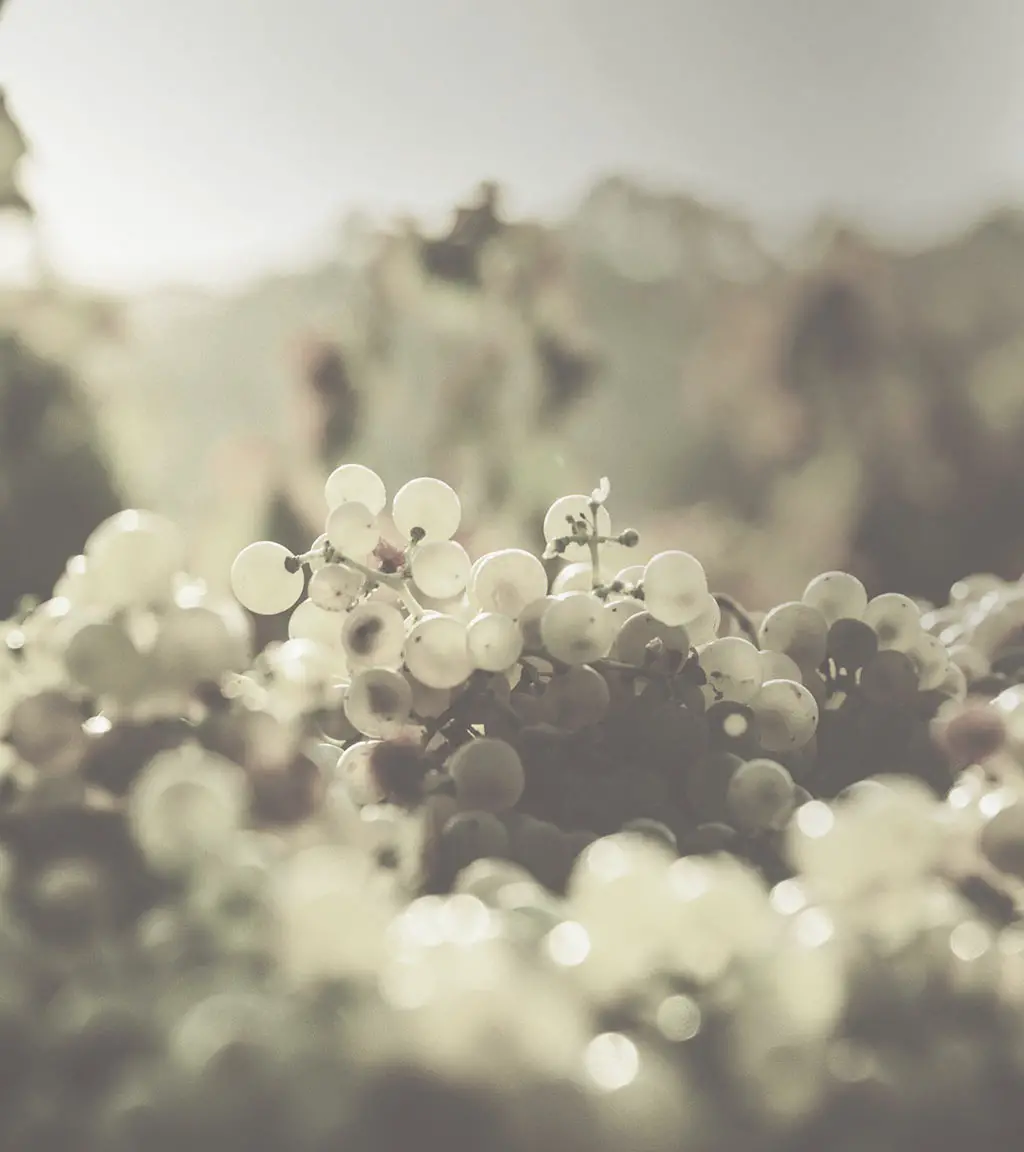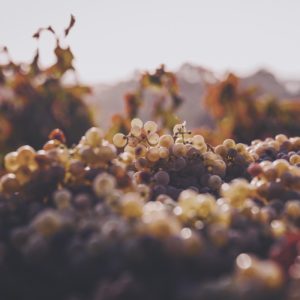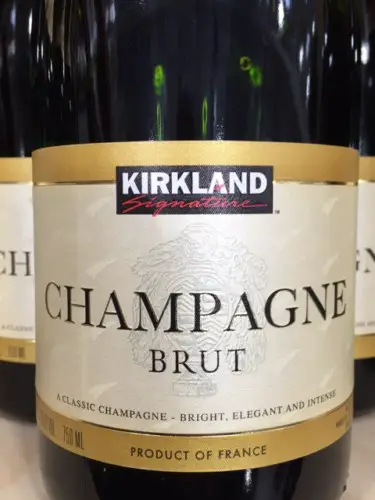
The Life of a Texas Winery
Let’s walk through a wine season in the life of a Texas Winery. As the saying goes, if you don’t like the weather, wait a minute and it will change. The Texas climate ranges from arid in the west to humid in the east. A large area of Texas covers several regions with distinctly different climates. Recently winter storm Uri made a visit to Texas in February and in the following months brought an abundance of rain. An atypical weather year for sure.
[eltdf_button size=”300px” type=”” text=”List of Texas Wineries” custom_class=”” icon_pack=”font_awesome” fa_icon=”” link=”https://mywinespill.com/list-of-texas-wineries/#complete-texas-winery-list” target=”_self” color=”” hover_color=”” background_color=”” hover_background_color=”” border_color=”” hover_border_color=”” font_size=”” font_weight=”” margin=””]
[eltdf_button size=”300px” type=”” text=”Texas Wine Trails Maps” custom_class=”” icon_pack=”font_awesome” fa_icon=”” link=”https://mywinespill.com/texas-wine-trails-maps/” target=”_self” color=”” hover_color=”” background_color=”” hover_background_color=”” border_color=”” hover_border_color=”” font_size=”” font_weight=”” margin=””]
From the early freeze to possible mildew after months of rain is anything but what grape farmers are used to. And the flash flooding rains that we get in Texas can actually harm the grapes. The cooler temperatures in the spring created another challenge in the growing time. Fruit that stays on the vine longer will create a more intense flavor and this is a good thing, but not what Texas grape farmers are used to.
Just when you think you have figured out how to grow grapes in this normally hot dry state, this year has been out of the ordinary. A learning curve for even the experienced vineyards in the life of a Texas Winery.
How do you know when to harvest grapes at the peak of their sweetness and optimum flavor?
In Texas optimum time for harvesting grapes will vary year to year as the environmental conditions change. You will find that the color, size, and best of all, the taste of the grapes will tell when they are ready.

Grapes
Color
Harvesting grapes for wine making must occur at just the right stage of maturity for maximum sweetness. Grapes change color from green to blue, red or white, depending upon the variety. Color is one of the indicators of ripeness. However, it is not the most reliable indicator, as many varieties of grapes change color well prior to ripening. When completely ripe, the whitish coating on the grapes becomes more evident and the seeds turn from green to brown.
Size
Size is another gauge of the ripening of grapes. When mature, the grapes are full size and a bit less firm to the touch.
Taste
Hands down, the best way to ascertain if your grapes are ripe enough to harvest is to taste them. Sample the grapes three to four weeks prior to the approximate harvest date and continue to taste the grapes as they mature. Try to take samples at the same time of day from a variety of areas on the vine.
Grapes, unlike other fruits, do not continue to ripen once off the vine, so it is important to keep tasting until the grapes are uniformly sweet. Sample from sun exposed areas as well as those that are shaded. Ripeness and color of grapes is not reliant upon direct sunlight, but rather the amount of light that reaches the grape foliage results in high quality fruit. It is the leaves of the grape that engender the sugars, which are then transferred to the fruit.
Uneven ripening may occur due to too many grape clusters on the vine (over-cropping), potassium deficiency, drought or other environmental stressors. Warmer than normal weather is often the cause of uneven ripening, wherein some berries stay sour, hard and green while others ripen and darken in color normally.
Watch for the birds
Ripening berries are also extremely attractive to the birds. To protect the impending harvest, you may want to envelop the grape clusters in a brown bag tied to the cane or by netting the entire vine. Once you have ascertained it is prime time for a grape harvest, simply remove the clusters with hand shears.
Ready to pick
In Texas grapes are ready to be harvested in July and August. A little sooner than northern grape growing areas whose harvest doesn’t start until the fall months.
Most vineyards use the modern mechanical method to get the grapes off the vine. Some still will hand pick grapes and this will reduce the chance of damaged skins.
Crushing & Pressing
Many of the Texas Wineries and Vineyards offer fun Grape Stomps and Festivals for the entire family. Filled with activities, food, live music and wine tastings for sure.
This makes a tough job a little fun. Though most wineries use a mechanical press. Either a batch press or a continuous press can be used depending on the size of the winery.
Must
Must is what is created after the crushing and the pressing. The freshly crushed fruit juice that contains the skins, seeds, and stems of the fruit. The solid parts of the must are called pomace and it contains glucose and is used in making sweeteners in different cuisines. The length of time the pomace stays in the juice is critical for the final character of the wine. When the winemaker judges the time to be right, the juice is drained off the pomace.

Wine Barrels
Fermentation
Yeast is added to the grape juice which begins the fermentation. Fermentation speed and temperature are important as well as the levels of oxygen present in the must. Primary fermentation can last from 5-14 days and a potential secondary fermentation that will last another 5-10 days. This process is what turns the grape juice into an alcoholic beverage.
The type of container used for fermentation plays an important role. It depends on the type of wine to be made, and if the container with alter the characteristics of the wine. Inert containers such as steel and glass do not alter the qualities of the wine. The porous containers made of wood allow the exchange of the air with the outside and components from the wood can be extracted into the wine.
Racking
Racking was developed in the 19th century in France and used gravity to move wine from the fermentation vessels to another. This step helps to clarify the wine, prevent negative flavors from developing from the lees and sediment. Racking takes place an average of three times and creates a desired flavor profile. This process had evolved into siphoning, which uses a “siphoning cane”, or a rigid, plastic, L-shaped tube. A hose is connected to the cane and is lowered into the original fermentation vessel. With each racking more sediment/lees settles on the bottom of the previous vessel.
Bottling
Finally getting the wine into the bottle to sell or distribute to sellers. Before they are packed into boxes they must be closed by either the traditional cork closure or screw caps as of late. After filling and corking, a plastic or tin capsule is applied to the neck of the bottle. Next they go to a labeler where a wine label is applied and then they are packed into boxes and ready to sell.




